After every usage, the dishwasher will still contain around two cups of water. However, if your unit is flashing overflow signs, you may need to conduct further investigation. Puddles in your dishwasher’s bottom are common, yet they don’t necessarily require dishwasher repair. If the problem is more complicated, you’ll need to call in the specialists.
Appliance repair is not as easy as it sounds. It requires technical knowledge of the way things operate. Without having that knowledge, you will not be able to repair a dishwasher properly and may end up damaging it even more.
What should you be aware of?
Stampeded water at the dishwasher’s bottom can be caused by user mistakes, obstructions, broken parts, and maintenance issues. There are times when just washing the dishes or rearranging the pieces is enough to remedy the situation. Don’t be afraid about spending a lot of money on tiny components.
Here are several steps to take to discover what’s wrong
Dishwashing drainage may be affected by garbage disposals. If you replace the knockout stopper, the water will flow freely. As a result, the unit will have less water. This is easily remedied with a pair of pliers.
However, before dealing with your waste disposal device, we recommend that you read the instruction manual. Laymen with little expertise will struggle to reassemble anything after it has been disassembled. If you have a repair manual, it will come in handy.
Check to see if your filtration is up to par
Filters for dishwashers are an important component. Filters must be examined on a regular basis to ensure that they are in excellent operating condition. Also, make certain that the drainage basket is empty. If there is any buildup in the filters, the water will not be pure. Drainage will get obstructed, resulting in a motionless puddle at the surface of the earth.
Clogged or filthy filters are the most typical cause of water collecting at the tank’s bottom. As a consequence, it’s the first thing you should look into.
Adjusting the drain hose
A drainpipe cannot allow disinfectant water to enter the dishwasher. However, it can become clogged with food particles, preventing water from draining from the dishwasher. To resolve this issue, simply turn off your appliance, locate the hose, and replace it. You may need to untangle or remove microscopic, clogged objects to inspect them.
Examine spray arms
The spray arm of your appliance may become blocked with little particles of food. To clean plates, spray arms are utilized. The cleaning method suffers substantially as a result of these impediments. It is typical for experts to advise unit owners to check the spray arm on a regular basis to ensure there is no water left in the unit. A solution of vinegar with water can be used to clean the spray arm. If the food is too small to be taken with a fork, a toothpick can be used instead.
Conclusion
We’ve included some of the most common reasons for standing water in devices below. It is critical to recognize that these are not the only issues. Flooding in the dishwasher might cause a range of other problems.
If the condition persists having followed the above recommendations, we recommend consulting an expert as soon as possible. If you continue to use your dishwasher, your dishes will not be properly cleaned, and the device may sustain more damage.
Before hiring an appliance repair Alexandria firm, check internet ratings and qualifications. The contractor must be trustworthy and professional. When it comes to service, shopping around may provide you with the most value for your money.

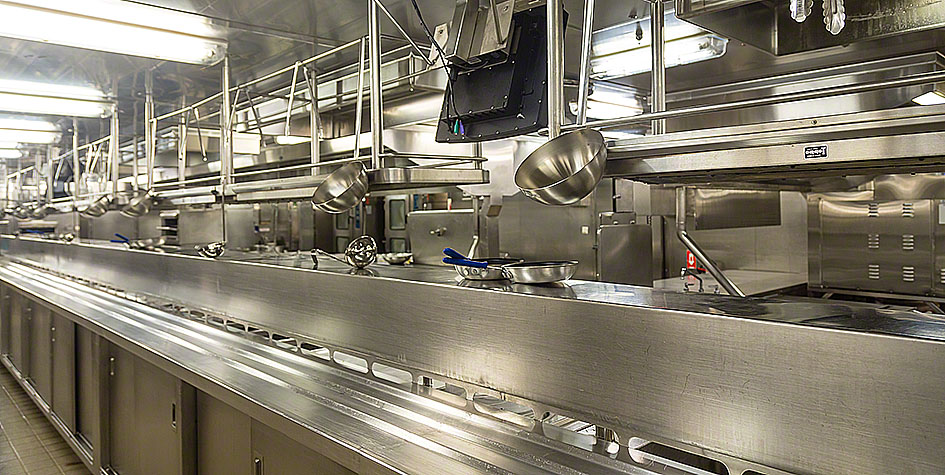

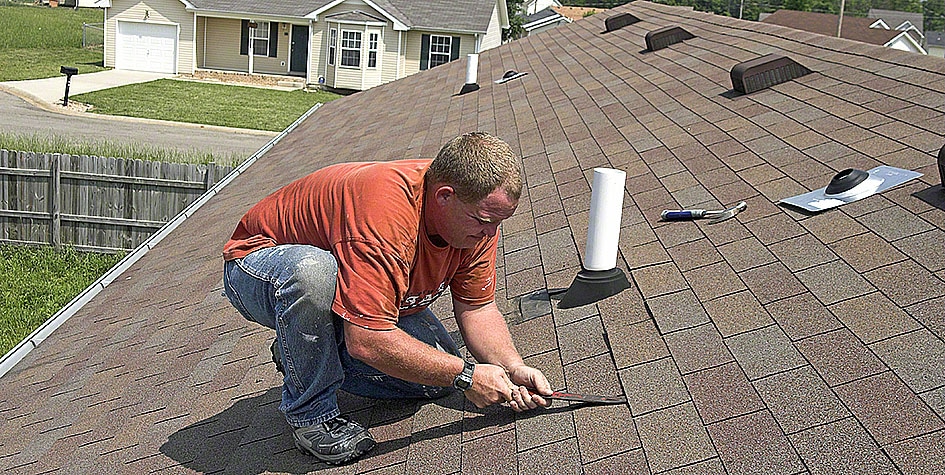
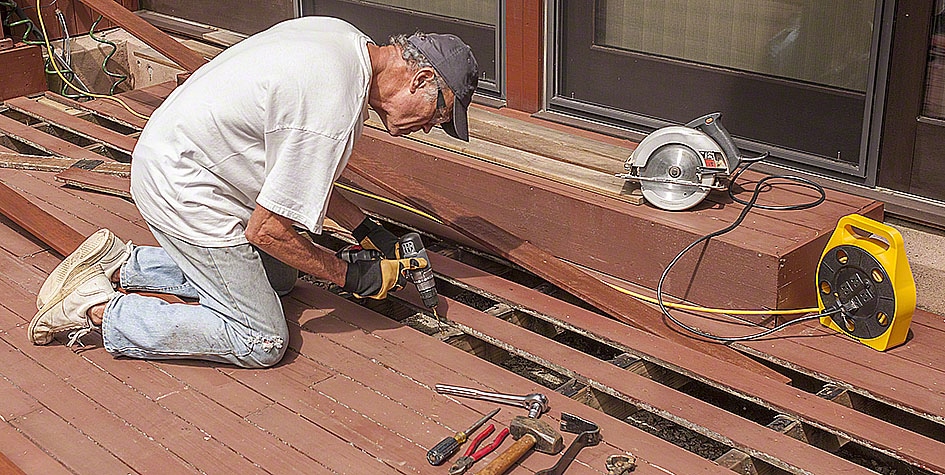


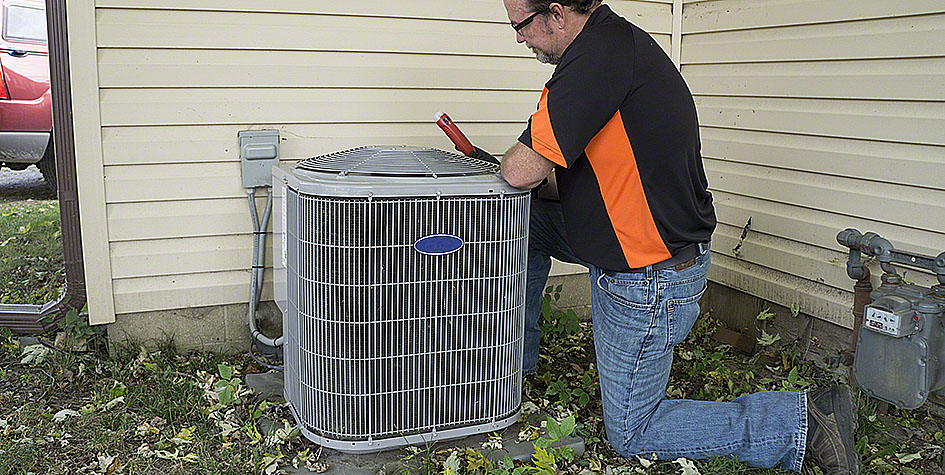
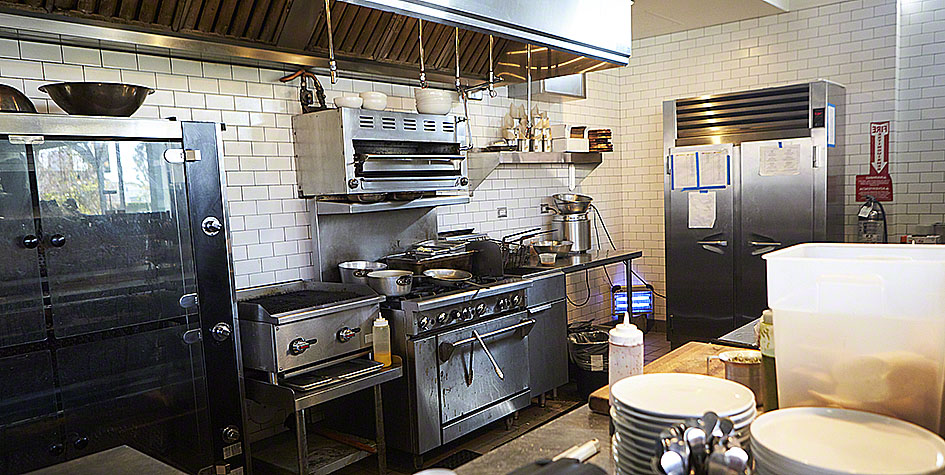
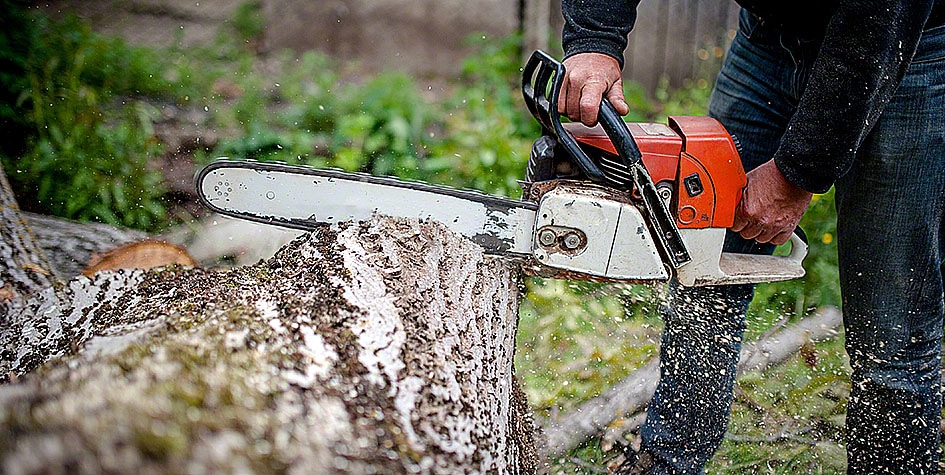







Comments